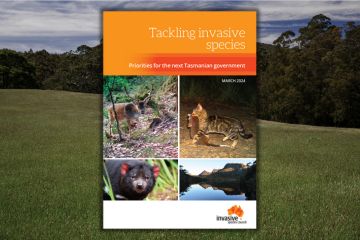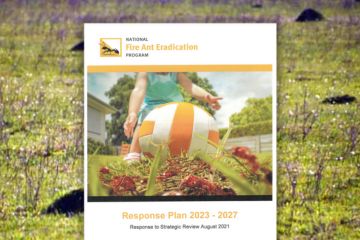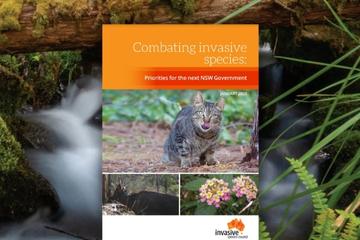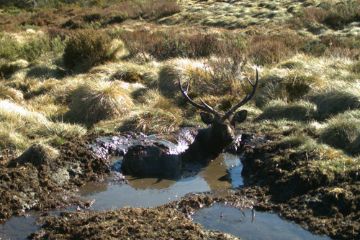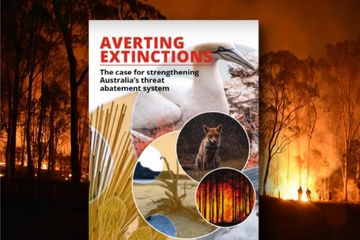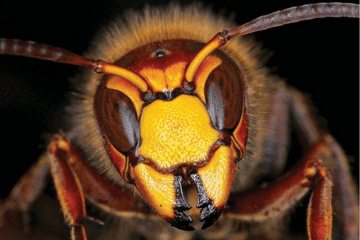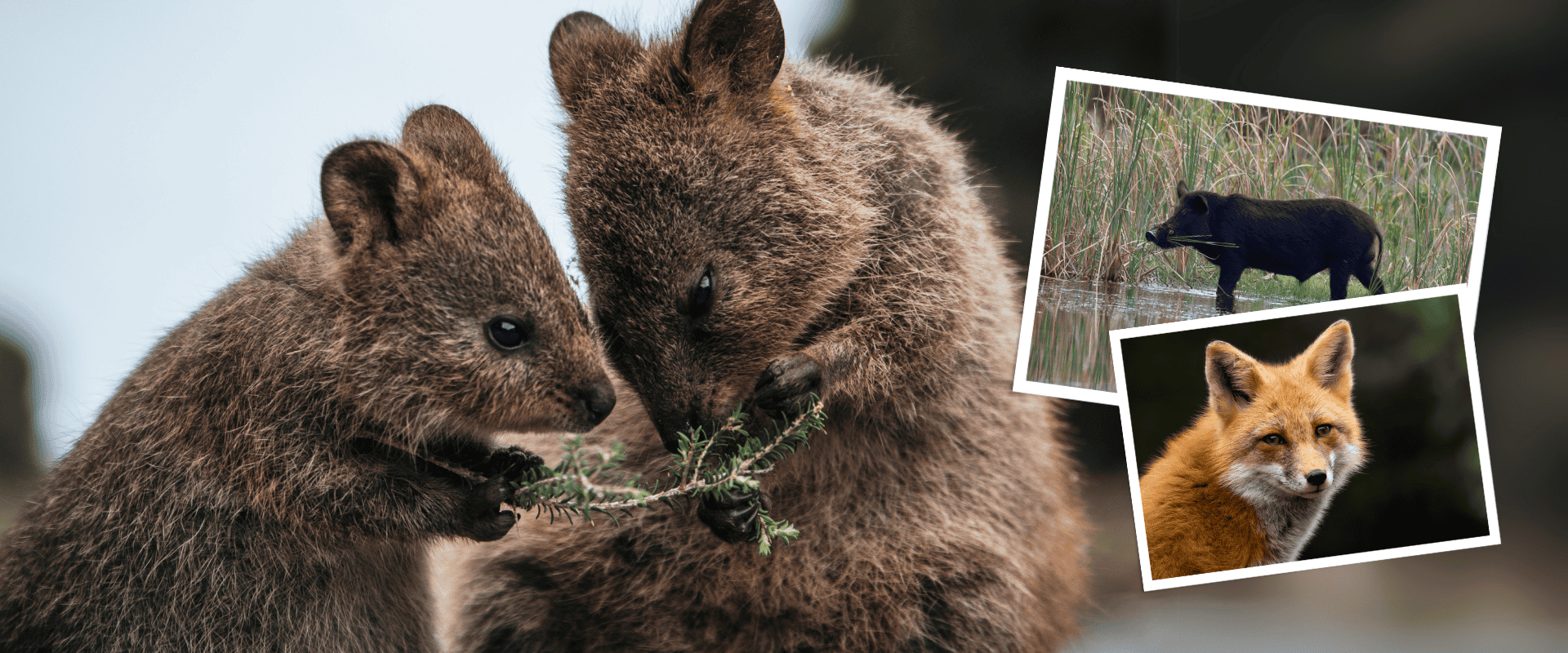
Turning the tide on extinctions – priority actions on invasive species for the next Australian Government
Every day our unique wildlife from numbats to night parrots – found nowhere else on Earth – are being pushed to the brink by invasive species. Our precious places are being trashed and trampled by feral animals and choked by weeds.










